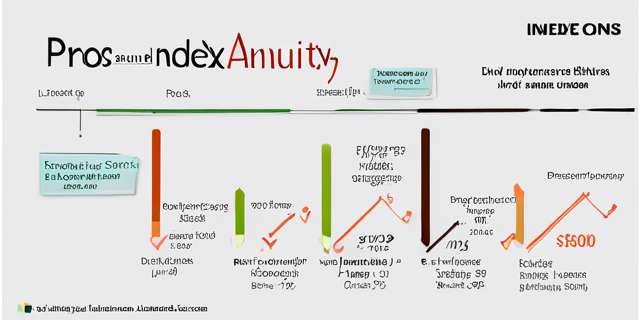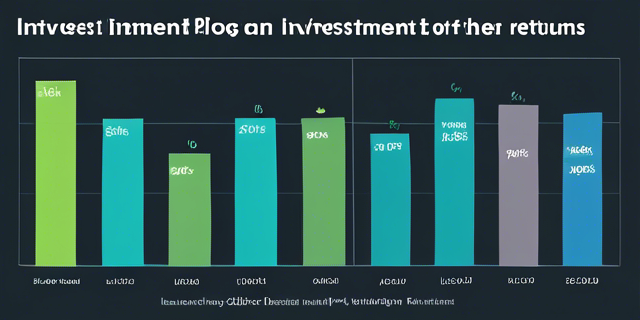Investing Basics – Annuity Tax Benefits: A Comprehensive Guide
Introduction

Investing in an annuity can be a wise financial decision, offering a stream of income during retirement years. However, understanding the tax implications of annuities is crucial to maximizing their benefits. In this article, we’ll delve into the intricate world of annuity tax benefits, exploring the various types of annuities, their taxation rules, and strategies to optimize your financial planning.
What is an Annuity?
An annuity is a financial product that provides a guaranteed income stream, either for a specific period or for the remainder of your life. It is essentially a contract between you and an insurance company, where you make an initial lump-sum payment or a series of payments, and the company agrees to pay you a regular income stream in return.
There are two main types of annuities:
- Qualified Annuities Qualified annuities are funded with pre-tax dollars, typically through a retirement account such as an IRA (Individual Retirement Account) or an employer-sponsored plan like a 401(k). These annuities offer tax-deferred growth, meaning you don’t pay taxes on the investment gains until you start receiving income payments.
- Non-Qualified Annuities Non-qualified annuities, on the other hand, are funded with after-tax dollars. While they don’t provide an upfront tax deduction, a portion of each income payment is considered a return of your original investment and is therefore tax-free.
Tax Benefits of Annuities
Tax-Deferred Growth One of the most significant advantages of annuities is the tax-deferred growth potential. Unlike regular taxable investments, where you pay taxes on any gains each year, the money within an annuity grows tax-deferred until you begin taking withdrawals. This allows your investments to compound more efficiently, potentially resulting in a larger nest egg for retirement.
Partial Tax-Free Income With non-qualified annuities, a portion of each income payment is considered a return of your initial investment and is therefore tax-free. This feature can provide a valuable source of tax-efficient income during retirement.
Potential for Lower Tax Rates Annuity income is typically taxed as ordinary income, which may be advantageous if you expect to be in a lower tax bracket during retirement than you were during your working years.
Taxation of Annuity Withdrawals

Qualified Annuities Withdrawals from qualified annuities are taxed as ordinary income in the year they are received. This includes both the principal and the accumulated earnings. Early withdrawals before age 59½ may also be subject to a 10% penalty tax, unless an exception applies.
Non-Qualified Annuities With non-qualified annuities, each payment is divided into two parts: a tax-free portion representing the return of your initial investment, and a taxable portion representing the earnings. The taxable portion is subject to ordinary income tax rates.
Strategies to Optimize Annuity Tax Benefits
Ladder Your Annuities Consider laddering your annuities by staggering the purchase dates. This strategy can provide you with a steady stream of income payments over time, allowing you to manage your tax liability more effectively.
Delay Taking Distributions If possible, delay taking distributions from your annuity until you reach a lower tax bracket in retirement. This can help minimize the tax impact on your annuity income.
Utilize Spousal Annuities For married couples, considering a spousal annuity can be advantageous. By naming your spouse as the primary beneficiary, the annuity can continue to provide tax-deferred growth and income after your passing.
Conclusion
Understanding the tax benefits of annuities is crucial for effective retirement planning. By leveraging the tax-deferred growth potential, partial tax-free income, and potential for lower tax rates, annuities can provide a valuable source of income during your golden years. However, it’s essential to consult with a qualified financial advisor to ensure you’re making the most of these tax advantages while aligning your investment strategy with your overall financial goals.
FAQs
1. Are annuity withdrawals subject to the 3.8% Medicare surtax? Yes, annuity withdrawals that are considered taxable income may be subject to the 3.8% Medicare surtax if your modified adjusted gross income exceeds certain thresholds ($200,000 for single filers, $250,000 for married couples filing jointly).
2. Can I roll over an annuity from one company to another without paying taxes? Yes, you can typically transfer or roll over an annuity from one company to another without triggering immediate taxation, as long as you follow the proper procedures and adhere to the IRS rules for tax-free transfers.
3. Are annuity distributions taxed at the same rate as other types of retirement income? Annuity distributions are generally taxed as ordinary income, similar to other types of retirement income such as pension payments or traditional IRA withdrawals. However, the tax rates may vary depending on your overall taxable income and tax bracket.
4. Can I take a lump-sum withdrawal from my annuity without penalty? In most cases, you can take a lump-sum withdrawal from your annuity, but there may be surrender charges or penalties imposed by the insurance company, particularly if you withdraw funds early. Additionally, the entire lump-sum withdrawal may be subject to ordinary income tax.
5. Are there any estate tax implications for annuities? Annuities can have estate tax implications, depending on the type of annuity and the beneficiary designations. It’s essential to consult with a qualified estate planning professional to understand the potential tax consequences and develop a strategy to minimize estate taxes.








